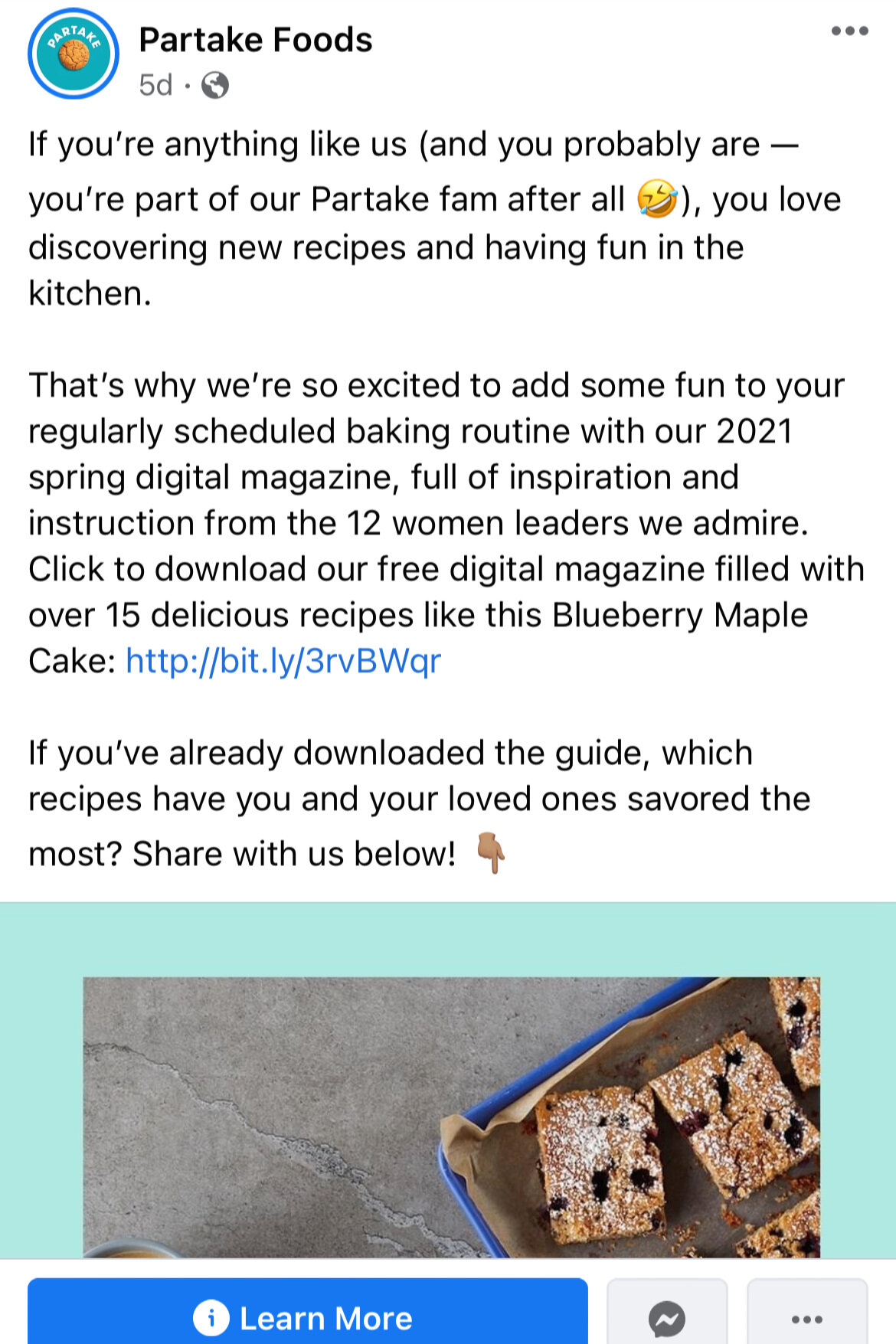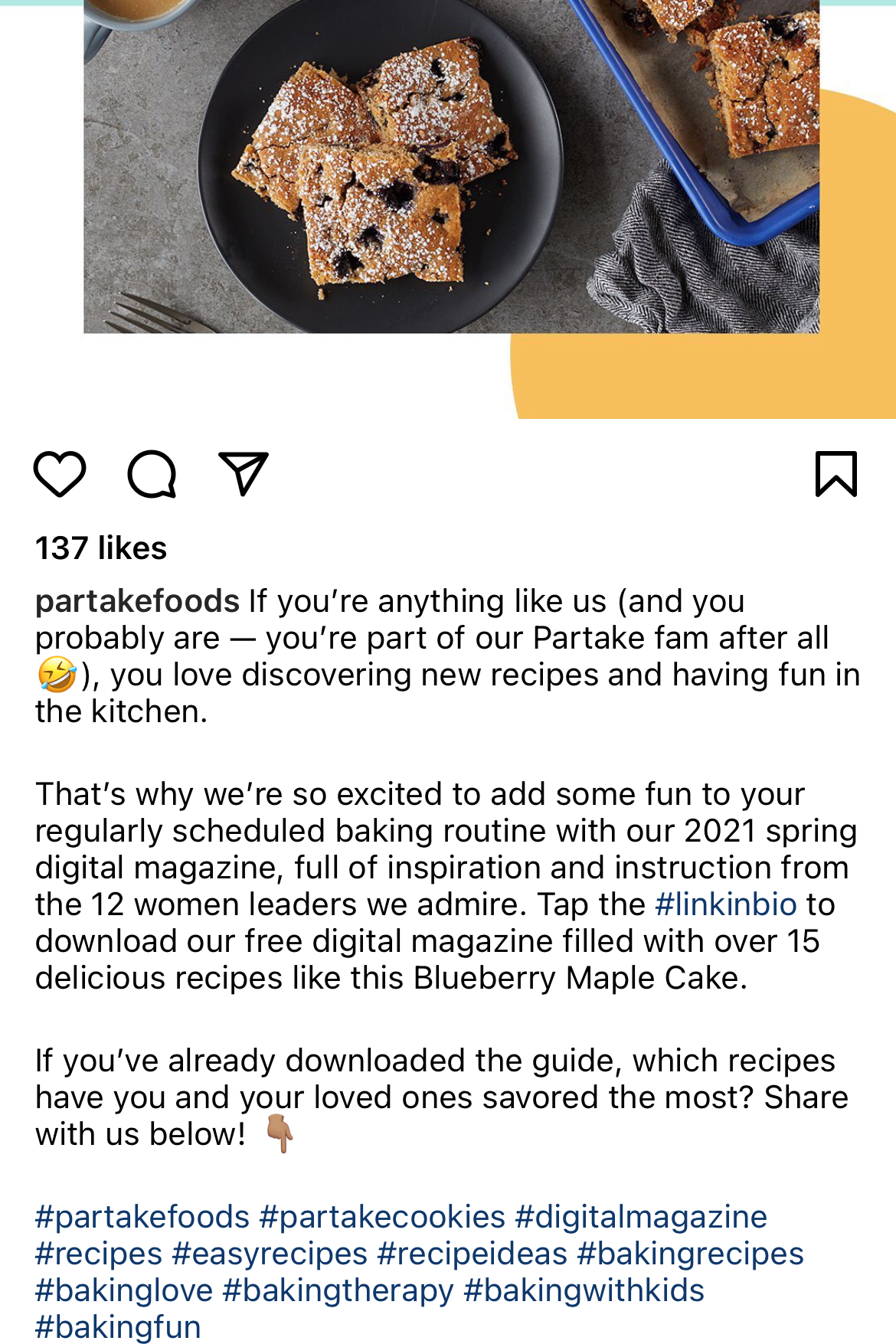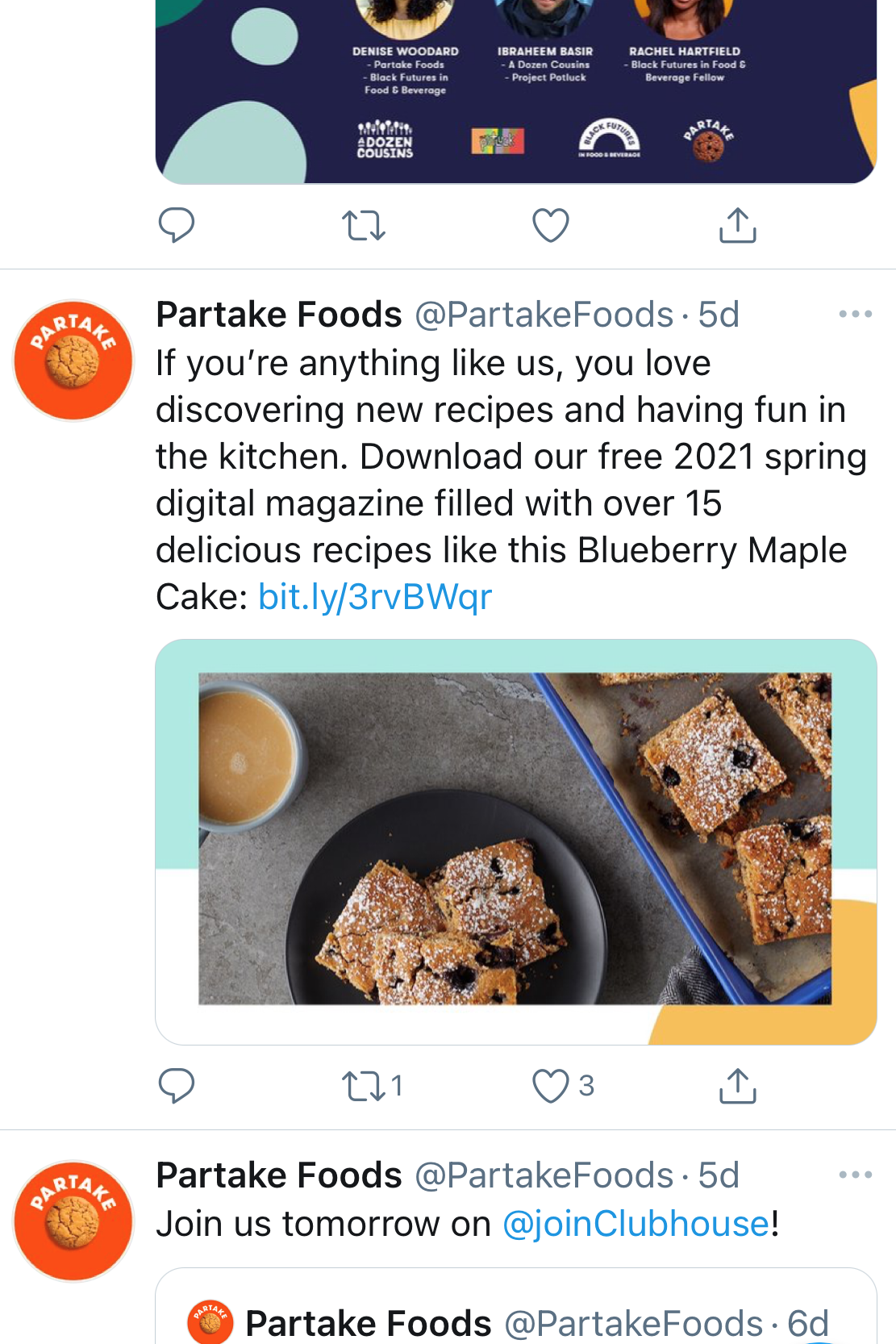Content Corner: Adapting Across Platforms
Source: Brooke Cagle on Unsplash
As a conscious brand, you want to tell a cohesive story that compels those who see your content to explore your other media, too. The business of making the world better takes support from all of us! To encourage others to join the great work you’re doing, a strong inbound content strategy is key. Through this blog series – The Content Corner – we’ll share our tips, tricks and resources to prepare you for success.
How Should I Adapt Content Across Platforms?
While planning your content, you will want your messages, promotions and campaigns to align across your channels. From ad design to social media posts there are many different conventions and word limits to pay attention to. You want to design user-friendly content that is fit for each platform and for your conscious consumer audience. Hootsuite is a great tool to monitor account streams and schedule posts in advance, but here are five steps to help you align and adapt each message you share:
Define the purpose of your communication: whether that may include promotion, behind-the-scenes, education, advocacy, fundraising, etc.
Define the core message: have one sentence describing what you want the audience to take away.
Select a central image, graphic or color scheme for the message: create consistency in your visual delivery for the communication.
Adapt the message: differentiate your message for each channel in a centralized location and compare them for consistency. Your core message should echo throughout.
Review each planned post: check for a clear call-to-action (CTA) and clear alignment across channels and with your brand voice.
Everyone manages their content a little differently but remember: your goal is to create a consistent experience for your audience and if they see your content on multiple platforms, you want it to be designed to showcase the best of what that channel offers. Repetition is a positive, but take opportunities to share videos, audio and images where they make the most sense. Optimizing your multiple channels gives you a range of engagement superpowers.
Pro Tip: Sharing between Instagram and Facebook is straightforward, but if you’re tagging a partner or brand, make sure the tag works on both apps. Your Instagram “@” will lead nowhere on Facebook if left alone in a caption – and you want the link!
Content Master: Partake Foods
The best way to understand great cross-platform content adaptation? Look at a pro! Partake Foods is leading the future of food with certified gluten-free, vegan, and non-GMO verified cookies that are free from the top eight most common allergens. Beyond their yummy snacks, the company also partners with Food Equality Initiative to get safe foods to food insecure families. Black female CEO and founder Denise Woodard empowers women and people of color in the food industry and we’re inspired by her content superpowers in doing that (you might have seen Jasmyn’s article mentioning Partake, too!).
Here are a few things we love about what Partake Foods is doing:
Partake connects blog stories and social media, driving people to their website and engaging with their story. However, the content they share on social with a CTA to read more also provides unique content and does not feel repetitive. They tease their blogs without giving away too much information. In this example, they use quotes from women interviewed on their blog as part of their Facebook Women’s History Month post.
Partake takes their central message and call to action and writes the right amount of adapted text to engage on different platforms. They are conscious about what consumers want to read and expect from each media source. For example, on March 24 they shared about their free digital magazine (another great example of providing value and putting customers first!). On Facebook, their post was longer and encouraged discussion, on Twitter it was short and to the point while maintaining the connection and on Instagram their post was similar to Facebook but amped up the hashtag game including their #linkinbio.
Partake is always learning. From including video graphics like a large spinning cookie for their 48-hour sale to taking the opportunity to go live on the social media buzzword app Clubhouse to share their story, Denise recognizes opportunities and tells her story cohesively and innovatively. Speaking on Clubhouse could have been an unknown event, but sharing about it in a logical way across social media platforms and tying in the companies hashtag #FoodfortheSoul immediately let audience members know what was going on. Partake’s ability to combine consistency and innovation is remarkable and something all companies should strive for when telling digital stories.
What’s The Word Limit?
You’re probably thinking, “Good! Word limits, where there is a definite answer!” In reality, this is an area of great discussion. We’re going to cover social media first and then chat about blogs and other digital content. Yes, on social media there is a maximum number of characters or words available at times, but using every character is not always best. Remember, you’re competing for customer attention and engagement.
Your conscious crowd is busy but they’ll engage with the meaningful things you do. Be strategic, pique their interest and give them something to look forward to (whether it’s email, a blog post or a social share, you want to cut through the clutter). Keep in mind, best practices and post lengths differ by industry. Use analytic tools to determine what works best for your business.
Social Media
Here are the absolutes:
Sprout Social offers great advice on ideal post lengths, the number of hashtags you should use and more. Check out their resources to dive deeper into social media planning. For social content in general, shorter is usually better. Use a strong call to action (CTA) to lead your reader to longer content.
Short and Long Form Digital Content
As far as digital content (like your website, blog and resource documents) short form content should be around 400-600 words – short, sweet and easy to read. Time how long it takes you to consume the content. If it’s about two minutes you’re right on track.
To deliver more value through long form content like white papers, case studies, and research articles you will definitely need to exceed 1,000 words. In fact, Google prefers long form content in its search rankings. Thought leader Neil Patel shares on his blog that long-form posts are at least 2,000 words.
When writing a blog ask yourself about its purpose. You can choose to dive deep or communicate surface ideas, however, you cannot do both. Sharing a short business update or text to compliment a recipe might fall into the short form category whereas a comprehensive report on your ethical manufacturing will cover more breadth and require intense revision.
Select graphics and photos that support your message. You want to catch attention with the visuals on your page but not if they detract from what you are sharing. Always review your content through the eyes of a consumer. You’re not putting together a puzzle, you’re looking at finished artwork – connect the dots if necessary.
Source: Corinne Kutz on Unsplash
Oh, email. In my experience, again, shorter is better. Think about your inbox. Is it clogged with months of unopened mail? If you’re like me, you’re waiting for an attention grabbing subject line to spark your opening interest. Mobile traffic is also the primary email vehicle today so be sure to check your message looks great on your smartphone.
Personally, I recommend including about three different links in an email. Set clear goals for your communication, but focus on the visual appeal of your emails – you have a lot more content to interact with elsewhere so you’ll want to get consumers onto your site and to explore.
Transactional emails differ from newsletters which differ from automation journeys or lifecycle series. Like any time you are crafting a customer message, remember you are not sending an email in a vacuum – this is one touch point in many communications your audience may receive across media channels. Newsletters may have more links and be longer. Lifecycle emails may build off of the other campaigns in your series. It’s the intention and purpose that matter as you write and develop.
With this in mind, Campaign Monitor is an excellent resource and offers great email advice. Here’s a summary of their best practices:
Subject line: 28-50 characters
Preheader text: 40-100 characters
Email copy length: 50-125 words
CTA: 2-5 words – and use action verbs!
Source: bruce mars on Unsplash
Image Selection
Yes, I’ve mentioned visuals several times but here are some final tips on telling your story:
Write to show, not tell, and select visuals to support. For a piece discussing data, create graphs to illustrate impact. Numbers alone are not nearly as exciting. If you want your images and graphics to steal the show be intentional, and otherwise assure they do not distract.
Don’t be afraid to animate. Whether you’re using Canva or another design tool, it’s easy to add elements that slide onto the page, text that appears and graphics that move. With short consumer attention spans, adding some activity can quickly and effectively communicate your message.
Crop accordingly. Think about your mobile view and how your images look across social media. Make sure to share images in their optimal viewing style.
Leave room for white space. On next week’s blog we’ll dig deeper into design and we’ll touch on stock photography shortly, but give your text and images room to breathe. The easier you make it for your audience to relax and consume your content the better.
Use bold colors to your advantage. Tie your brand colors throughout the images and video you share or plan another consistent color scheme strategy. Especially on social media, a branded aesthetic catches attention. Use color to highlight important news or information but limit the neon to not overwhelm. Complimentary > Conflicting!
Be thoughtful about the images you select whether from your internal collection or stock photography and always review your content presentation before publishing, sending or sharing.
Putting It All Together
You have your messages and content planned – now for the fun part! Remember those original five steps? You are ready to put them into action. As soon as your primary content is developed, now it’s your chance to promote it across channels. Share your consistent image and core message and promote it wherever you can, like using Sara’s advice to take HARO for a spin! Now that we have the basics covered, join us for the rest of this series as we explore content calendar development and management, style guides, graphic design 101, stock photography and more. Happy creating!







